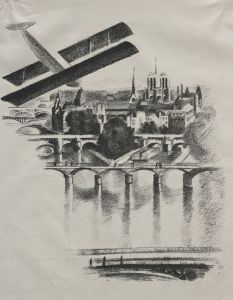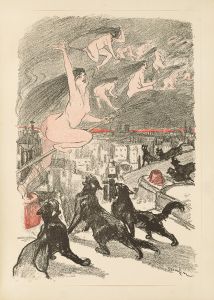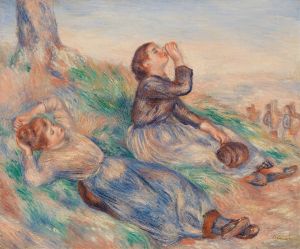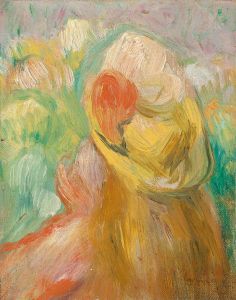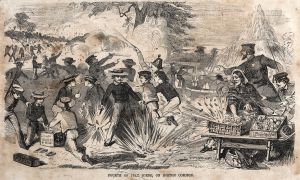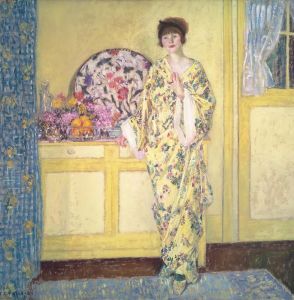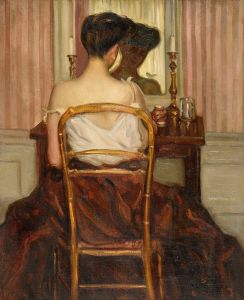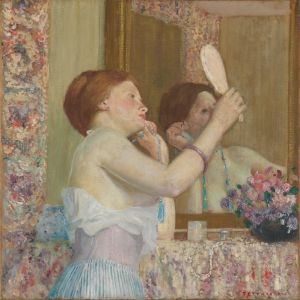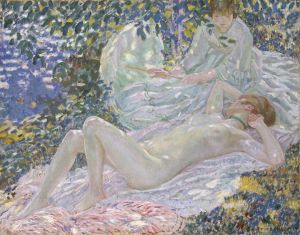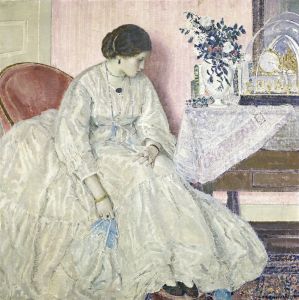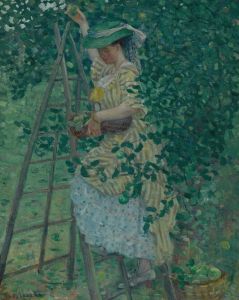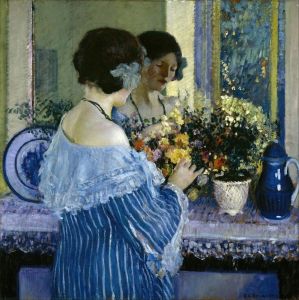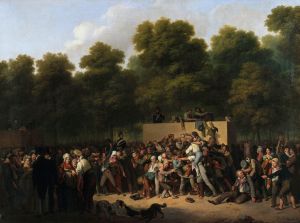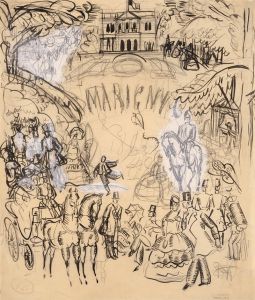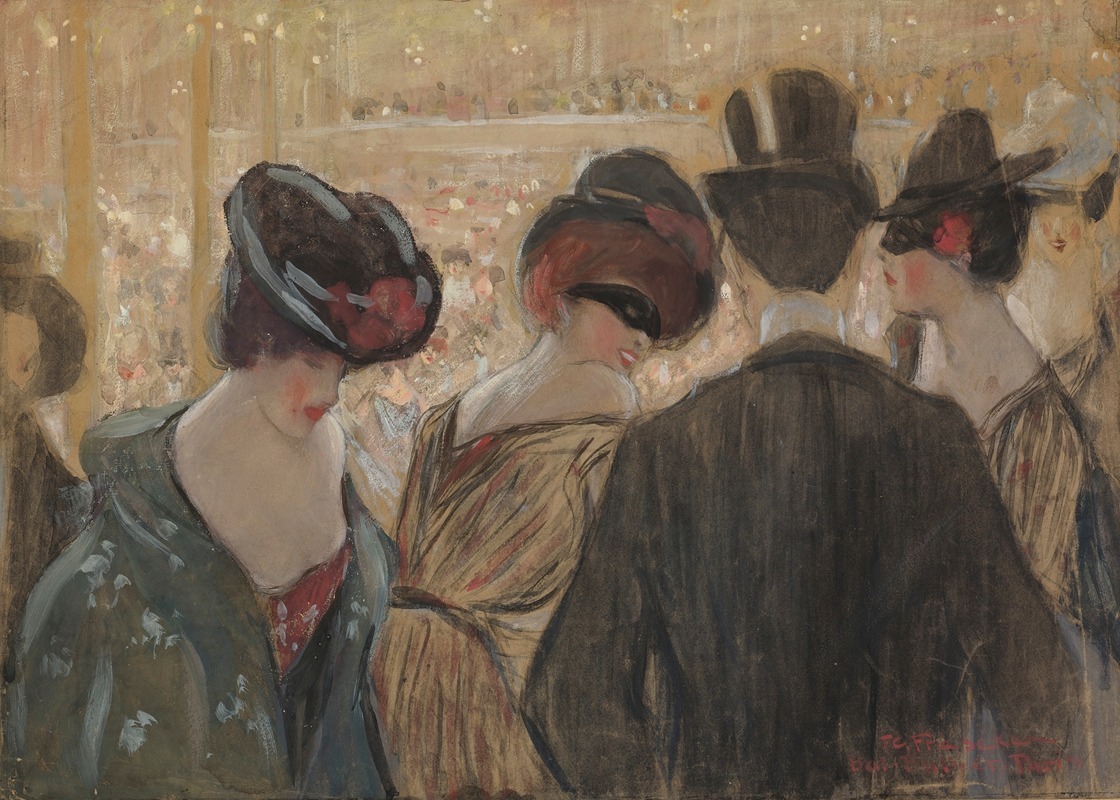
Bal-Bullier, Paris
A hand-painted replica of Frederick Carl Frieseke’s masterpiece Bal-Bullier, Paris, meticulously crafted by professional artists to capture the true essence of the original. Each piece is created with museum-quality canvas and rare mineral pigments, carefully painted by experienced artists with delicate brushstrokes and rich, layered colors to perfectly recreate the texture of the original artwork. Unlike machine-printed reproductions, this hand-painted version brings the painting to life, infused with the artist’s emotions and skill in every stroke. Whether for personal collection or home decoration, it instantly elevates the artistic atmosphere of any space.
"Bal-Bullier, Paris" is a painting by the American Impressionist artist Frederick Carl Frieseke. Created in the early 20th century, this artwork captures the lively atmosphere of the Bal Bullier, a popular dance hall located in the Montparnasse district of Paris. The Bal Bullier was a well-known venue for social gatherings and entertainment, frequented by artists, students, and Parisians seeking leisure and amusement.
Frederick Carl Frieseke, born in 1874 in Owosso, Michigan, was an influential figure in the American Impressionist movement. He studied at the Art Institute of Chicago and the Académie Julian in Paris, where he was influenced by the works of French Impressionists. Frieseke became known for his vibrant use of color and light, often depicting scenes of leisure and domestic life. His time in France, particularly in the artist colony of Giverny, allowed him to develop his distinctive style, characterized by a focus on light and atmosphere.
In "Bal-Bullier, Paris," Frieseke employs his signature Impressionist techniques to convey the dynamic and festive environment of the dance hall. The painting features a bustling scene with elegantly dressed figures engaged in dance and conversation. Frieseke's use of loose brushwork and a bright color palette effectively captures the movement and energy of the setting. The interplay of light and shadow adds depth to the composition, highlighting the lively ambiance of the Bal Bullier.
The Bal Bullier itself was an iconic establishment during the late 19th and early 20th centuries. Originally opened in 1847 by François Bullier, it became a cultural hotspot, attracting a diverse crowd of patrons. The venue was renowned for its vibrant atmosphere, with live music and dance performances that drew both locals and visitors. It was a place where social boundaries were often blurred, allowing people from various backgrounds to mingle and enjoy the entertainment.
Frieseke's depiction of the Bal Bullier reflects the broader cultural and artistic milieu of Paris during this period. The city was a hub of artistic innovation and social change, with Impressionism playing a significant role in shaping the art world. Artists like Frieseke were drawn to Paris for its vibrant art scene and the opportunity to engage with contemporary artistic movements.
"Bal-Bullier, Paris" is a testament to Frieseke's ability to capture the essence of a moment through his Impressionist style. The painting not only portrays a specific location but also encapsulates the spirit of an era marked by artistic exploration and social interaction. Today, Frieseke's work is celebrated for its contribution to American Impressionism and its reflection of the cultural vibrancy of early 20th-century Paris.
This painting, like many of Frieseke's works, continues to be appreciated for its artistic merit and historical significance. It serves as a window into the past, offering viewers a glimpse of the lively social scenes that characterized Parisian life during the time of its creation.





